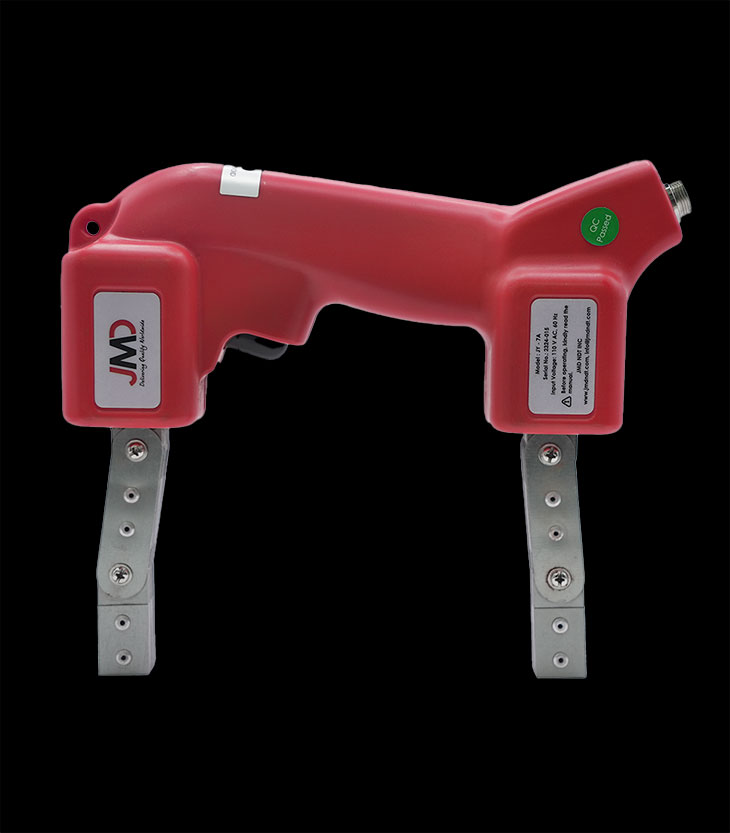Guía Básica de TOFD
The basic configuration of the TOFD technique involves using two ultrasonic transducers with identical characteristics, especially in terms of frequency and damping. Typically, highly damped transducers with a small diameter are used, which promotes greater divergence of the ultrasonic beam, ensuring effective coverage of the inspected volume.

• Lateral wave: This wave travels just beneath the surface, directly from the transmitting transducer to the receiving transducer. It serves as a reference for the material’s surface.
• Back wall echo: This wave travels completely through the thickness of the material and reflects off the opposite surface. This signal confirms that the entire thickness of the component or weld bead is being inspected.
These transducers are mounted on angled wedges designed to introduce longitudinal waves (also known as compression waves) into the material, at typical incidence angles of 45°, 60°, or 70°, depending on the specific inspection requirements.
Within the material, the TOFD system primarily generates two signals:
TOFD relies on the interaction of ultrasonic waves with the edges or tips of discontinuities present in the material. When waves strike these edges, a diffraction phenomenon occurs, generating characteristic signals that allow for clear identification and location of any internal discontinuity. These diffracted signals can be clearly detected on the equipment screen, enabling the detection, localization, and approximate sizing of imperfections such as cracks, lack of fusion, or porosity in the weld.
[Calibration and Scanning Process]
We have now positioned our system, carefully aligning the transducers with the center of the weld bead. To facilitate the transmission of ultrasonic waves, we properly apply a couplant over the material surface, along a previously marked reference line.
It’s important to mention that if the surface or the internal part of the material presents corrosion or roughness, the lateral wave and back wall echo indications may appear distorted or intermittent.
We now begin the scan, slowly moving our system along the weld bead. During the scan, we will clearly observe on screen the lateral wave, the back wall echo, as well as other indications generated by internal discontinuities and the path of the ultrasonic beam.
Once the scan is complete, we will have several clear indications on the screen, which we will analyze in detail next.






